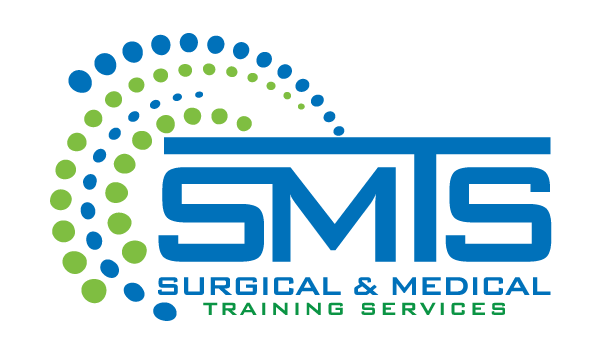How Top Medical Device Sterilization Labs Are Leading the Way
In the constantly changing healthcare field, the importance of the Medical Device Sterilization Lab is crucial. Patients are often unaware of the careful process these instruments go through before being used in procedures. This blog post explores how high-quality sterilization labs are crucial in improving healthcare safety and quality through advanced technologies and practices, emphasizing the significance of Surgical and Medical Training Services in this transformation.
The Critical Role of Sterilization in Healthcare
Sterilization is mandatory for compliance and a crucial element of patient care that safeguards against infections. Every year, infections caused by unsterile instruments pose a considerable threat to health, potentially leading to increased sickness or death. This highlights the huge burden shouldered by Medical Device Sterilization Labs.
The Technology Behind Sterilization
The leading Medical Device Sterilization Labs employ a range of sterilization methods tailored to the specific type of medical device:
- Sterilization through heat, “Autoclaving,” the most commonly used method, utilizes steam under high pressure.
- Chemical sterilization involves using chemical agents such as ethylene oxide for items that cannot withstand high temperatures.
- Using gamma rays or electron beams, sterilization through radiation is well-suited for disposable, mass-produced products.
- Plasma gas sterilization involves hydrogen peroxide plasma and is effective for delicate instruments.
- Each method has its benefits and difficulties, which labs must successfully manage to guarantee the safety and effectiveness of medical instruments.
Innovative Trends in Sterilization Technology
New technologies are always being developed to improve sterilization procedures, increasing safety, speed, and environmental friendliness.
- Ethylene Oxide Sterilization Innovations
Despite its great effectiveness, ethylene oxide is known to pose health and environmental concerns. Modern medical device sterilization facilities are leading the way in lowering exposure levels and durations throughout the procedure.
- The Rise of Low-Temperature Sterilization Technologies
There is a rising demand for sterilization approaches that do not interfere with the operation of heat-sensitive equipment. Modern laboratories are addressing this need by creating and refining low-temperature sterilization processes that assure the endurance and lifetime of delicate medical equipment.
- Green Sterilization Solutions
Sustainability in healthcare has progressed from a trendy concept to a required obligation. Prominent laboratories are leading the way in implementing ecologically friendly sterilization procedures that reduce toxic chemicals and energy usage, hence minimizing healthcare institutions’ carbon footprint.
Case Studies: Success Stories in Sterilization
To understand the real-world impact of innovative sterilization technologies, let’s dive into some examples:
Case Study 1: Optimizing Sterilization in a Large Hospital
A leading hospital’s top-notch Medical Device Sterilization Lab adopted advanced sterilization systems, transforming their methods. These systems guaranteed uniform, replicable outcomes and significantly reduced the duration of each sterilization process. This update increased operational efficiency and improved patient safety through more reliable sterilization outcomes.
Case Study 2: Pioneering Eco-Friendly Sterilization in a Clinic
Utilizing the knowledge of a Medical Device Sterilization Lab, a small clinic adopted an innovative low-temperature sterilization technique, removing the need for toxic chemicals. This change in strategy met the clinic’s sterilization needs and aligned with its commitment to environmental conservation. By focusing on sustainability, the clinic improved its environmentally friendly reputation and inspired other small healthcare facilities to adopt eco-conscious practices.
The Future Directions in Sterilizing Medical Devices
When considering the future, the prospects for medical device sterilization appear promising and full of opportunities, driven by ongoing advances and an increasing commitment to patient health and environmental preservation.
- The Integration of AI and Robotics
The integration of AI and robotics is poised to revolutionize Medical Device Sterilization Labs. This progression seeks to enhance precision and reduce errors in sterilization techniques through streamlining processes and enhancing oversight and verification of sterilized objects, establishing fresh benchmarks in the industry.
- Personalized Sterilization Approaches
Given the shift towards personalized healthcare, there is a growing need for sterilization techniques that can be customized for various medical devices and specific patient needs. Advanced sterilization facilities prioritize adaptable technologies that address evolving requirements.
Final Remarks
In Conclusion, Medical Device Sterilization Labs are leading the way in revolutionizing healthcare through groundbreaking advancements. These labs are becoming more essential as we work to prevent healthcare-associated infections and strive for better results. Let’s keep updated on these developments with Surgical & Medical Training Services, as they are crucial for enhancing medical treatments for the future.
